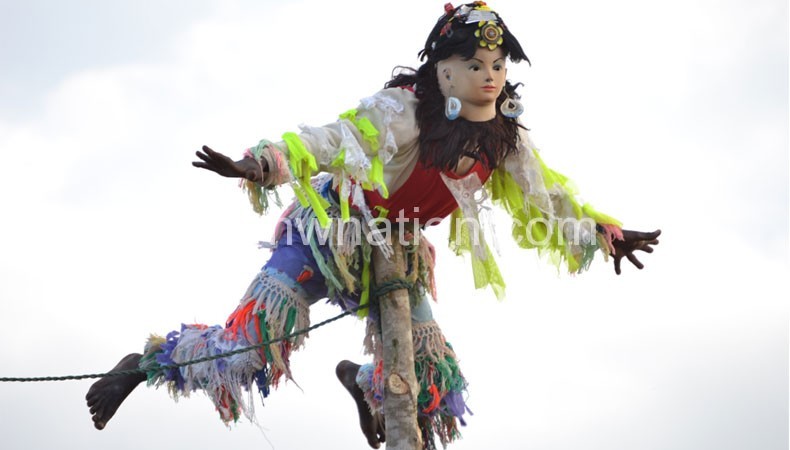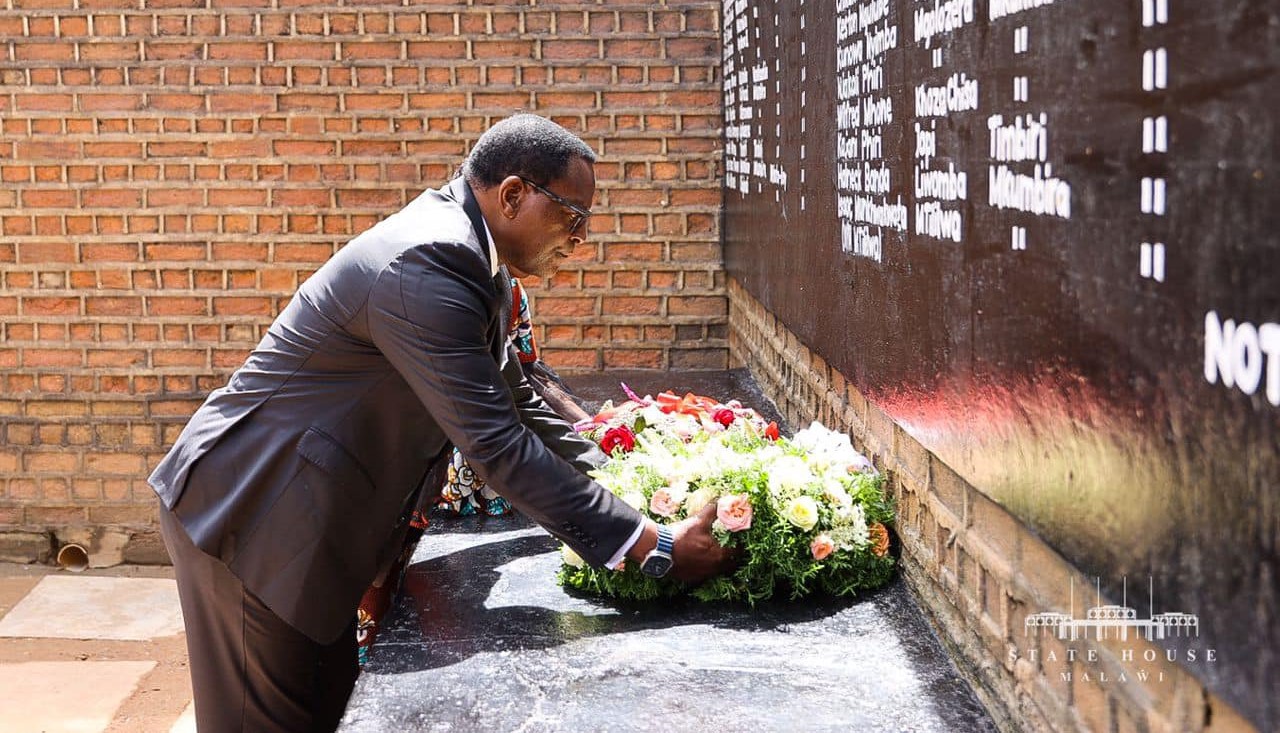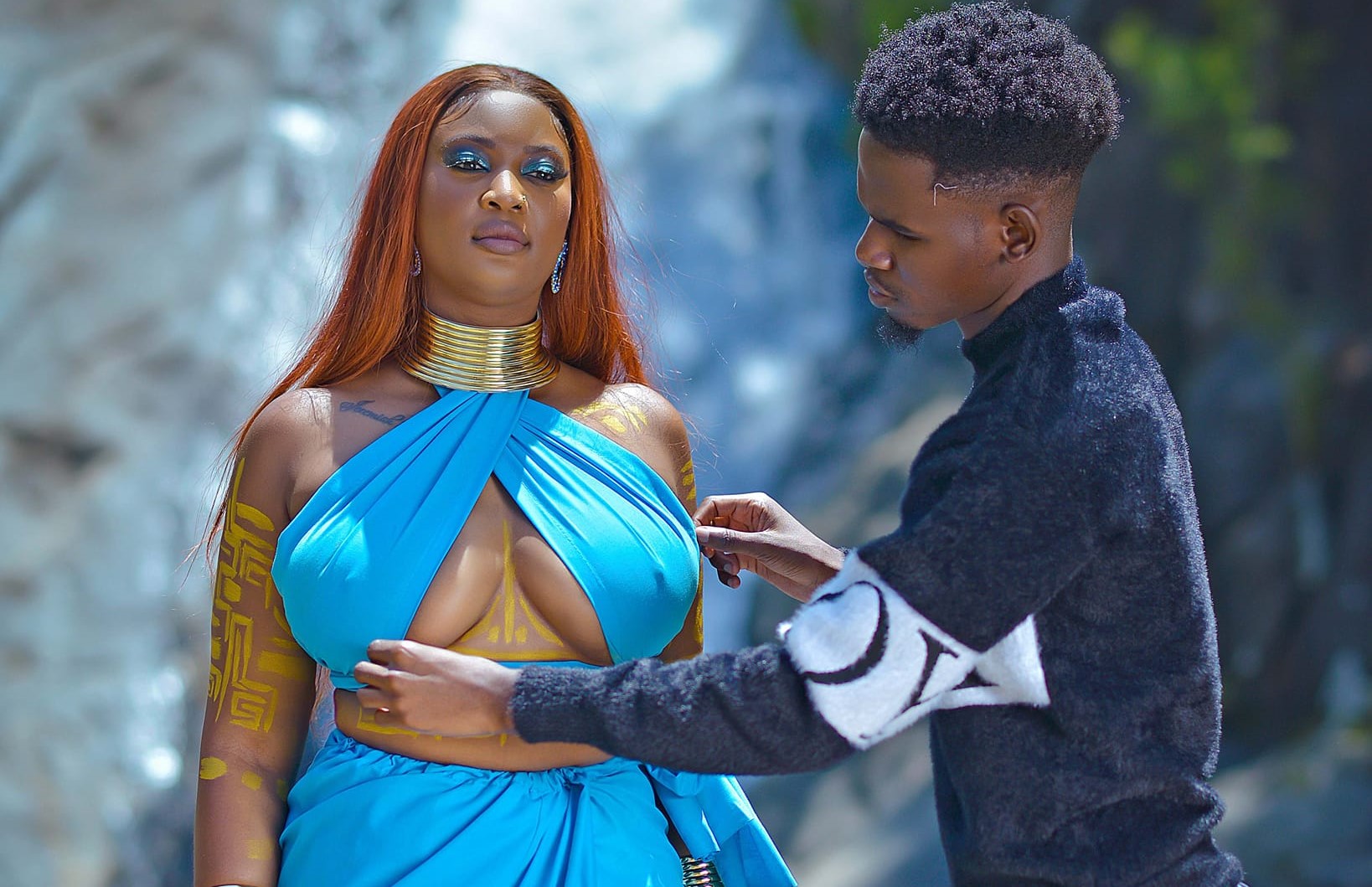Gulewamkulu for social change
It is noon at Namitambo Trading Centre in Chiradzulu where health experts from the district’s hospital and surrounding health centres have gathered to raise awareness on eye diseases, cataract in particular.
But the targeted audience is skirting the venue of the awareness meeting. The people seem too busy to stop by and take heed of the useful information on how to prevent eye diseases which are widespread in the district.

The theme of the campaign is imploring as it is advisory on the banners: ‘Working with communities to improve eye health’. Yet, in an ironical twist, some members of the communities regard the gathering is one of those useless meetings aimed at stealing their precious time from making a living. But wait.
Health is wealth. One cannot be productive if they are sick or do not know preventive measures against different diseases through civic education.
With his grand voice, the master of ceremonies tries to lure passersby, but few pay attention and even those stand some distance away from the venue, if only to satisfy their curiosity. Soon, however, all that changes.
All of a sudden, like a swarm of bees, large numbers of people rush to the place the moment the MC mentions the presence of gule wamkulu dancers which are part of the awareness campaign.
When intricate beats of gule wamkulu drums coupled with the harmonious songs by women sound out, there is almost pandemonium as the crowd starts swelling significantly. It is not long before the audience cheers for the incredible dance moves by gule wamkulu dancers.
The women are singing songs that address the topical issue of eye diseases such as cataract, refractive error, childhood blindness, trachoma and glaucoma, and their preventive measures such as hygiene practices and earlier treatment.
Even the masked dancers, nyau, in their dambwe slang, are uttering eye health related messages to strike a harmonious cord with the nature of the event.
As seconds roll into minutes of the red-hot gule wamkulu dance, the dance is cut short to pave way for Zacchaeus Nankwenya, an ophthalmic clinical officer at Chiradzulu District Hospital, to address the audience with key points on the eye diseases.
The timing of the MC to pause the irresistible dance and slot in the speech of the eye clinician is strategic, which ensures that the large gathering takes heed of the key message.
According to Namkwenya, Chiradzulu had 3 090 people who are blind, of which a staggering 1 545 are caused by cataract. He said cataract—locally known as ng’ala—is a medical condition in which the lens of the eye becomes progressively opaque, resulting in blurred vision.
“Eighty percent of eye diseases are preventable, so we are working towards achieving a 2020 goal of fighting avoidable blindness by working with communities. The target is to reach 20 000 people in Chiradzulu with the power of gule wamkulu dance,” said Nankwenya.
In Malawi, culture is not vigorously promoted due to, among other things, lack of legislation to govern cultural related programmes, yet it continues to play a significant role of influencing change in society.
Asked why they are harnessing the allure of gule wamkulu to raise the awareness of the eye health, the hospital’s spokesperson Owen Chataika described the secret cult as a powerful mobilisation tool throughout the campaign.
“Normally people don’t attend campaigns especially when there is no form of entertainment. Therefore, as a district hospital we devised a strategy to use gule wamkulu to mobilise large numbers of communities whom we can reach out with campaign messages,” remarked Chataika.
Meanwhile, the eye health campaign—which is being funded by the Lions Sight Savers International—is attracting impressive turn ups of the audience with the aid of the gulewamkulu.
According to United Nations Educational Scientific and Cultural Organisation (Unesco), gule wamkulu is both a secret cult and ritual dance practiced among the Chewa people in Malawi, Zambia and Mozambique. It is performed by members of the nyau brotherhood, which is a sort of a secret society of initiated Chewa men. Unesco has since 2005 classified gule wamkulu has been classified as one of the “90 Masterpieces of the Oral and Intangible Heritage of Humanity… for preservation of intangible cultural heritage.”
Due to the overlapping trends and challenges in the social realm, dances like gule wamkulu are being used as weapon for social change which is helping to disseminate critical messages and change people’s behavioural attitudes towards different issues.
Gule wamkulu is influential for initiating social not only in Chiradzulu, but in other areas such as Dowa, the masked dancers are reported to have been key in driving lazy children to school as well as fundraising for other vulnerable children.





